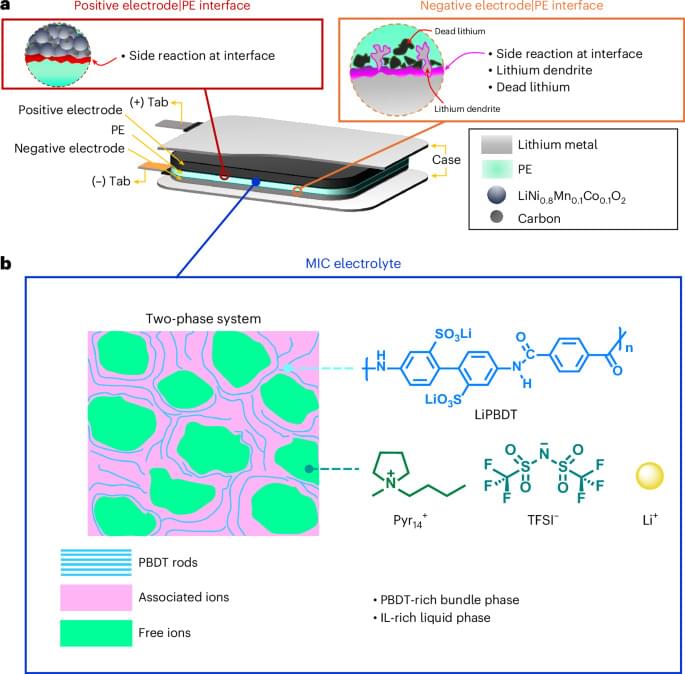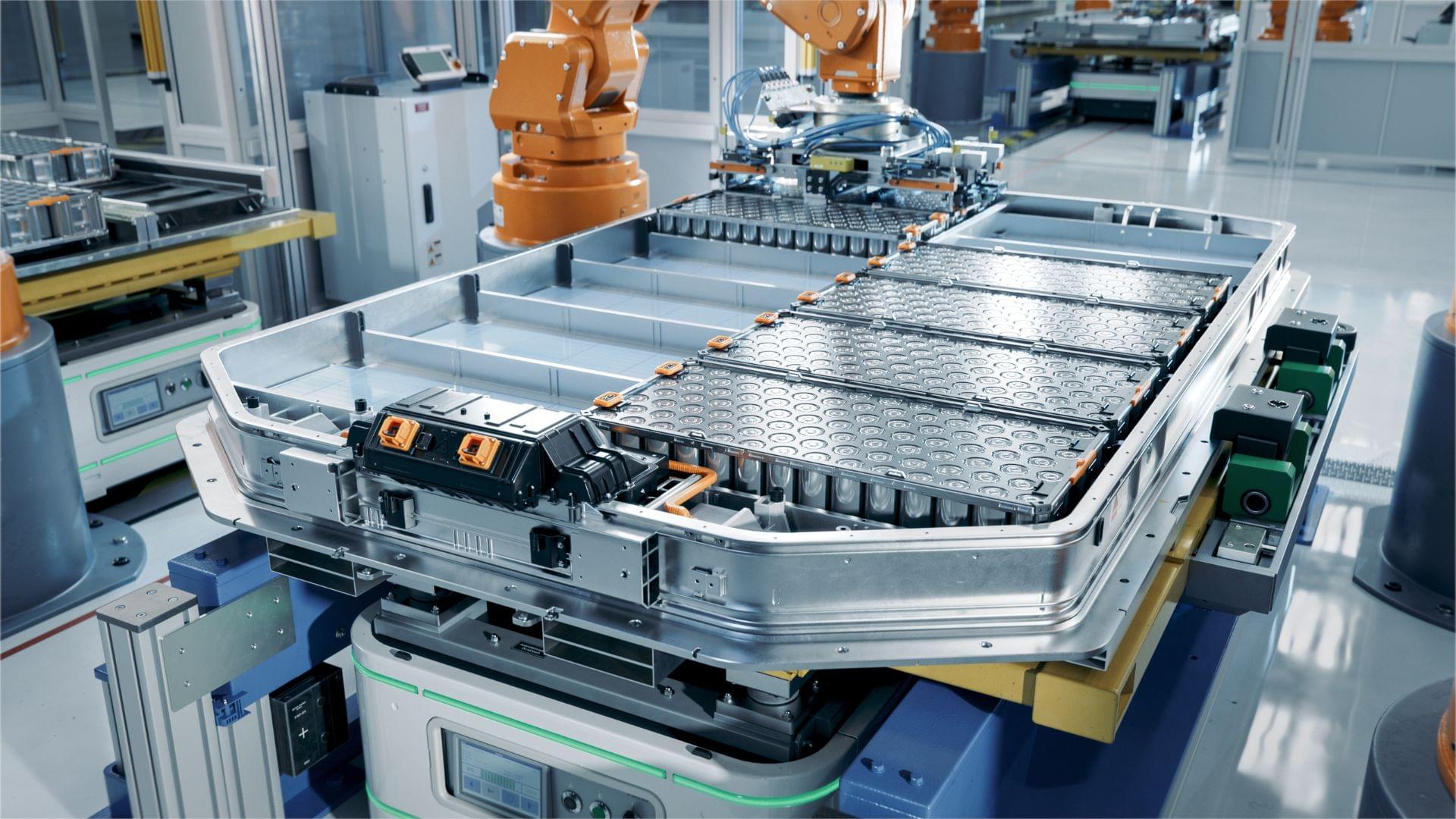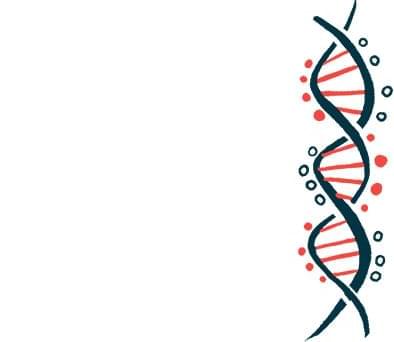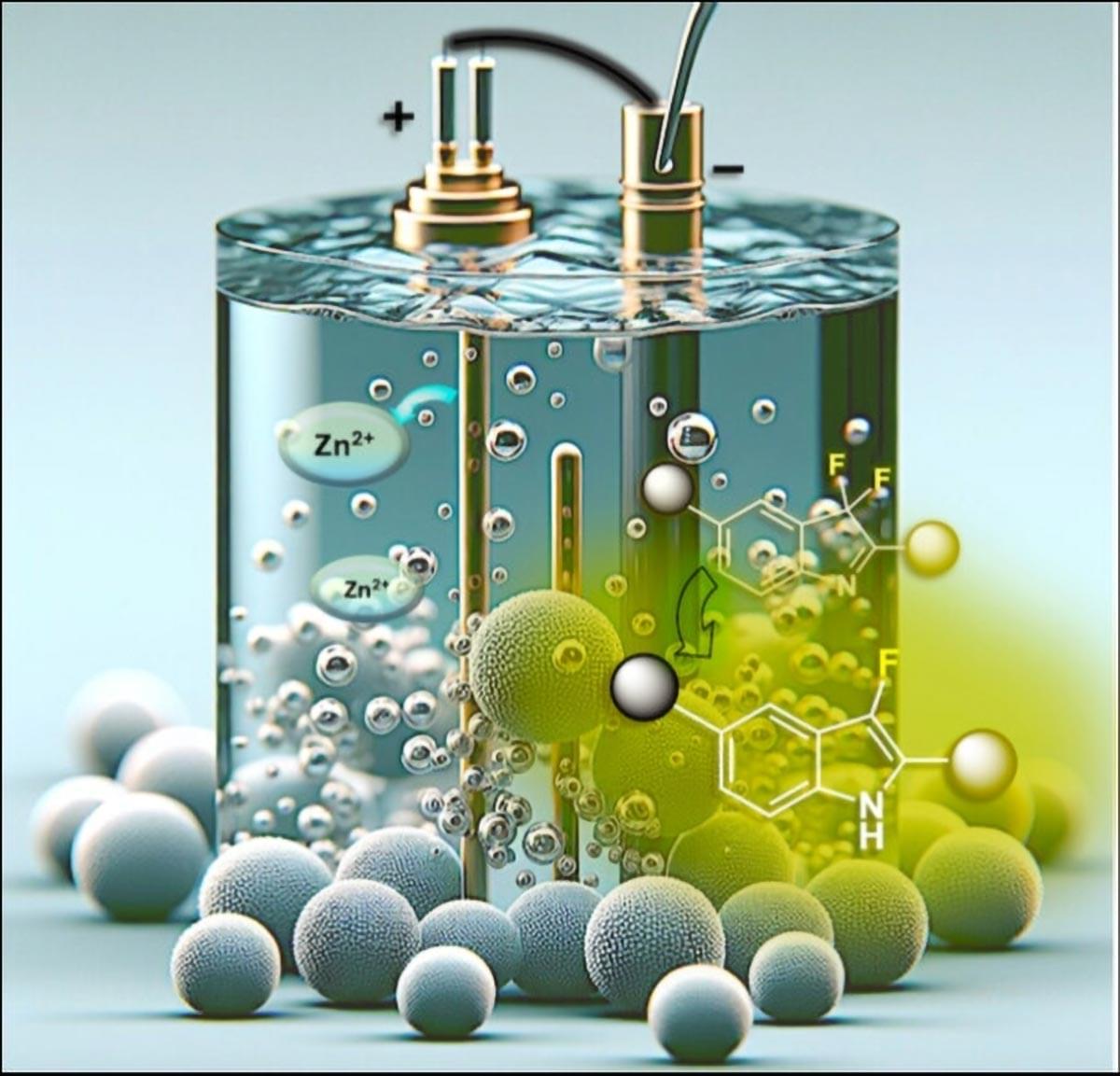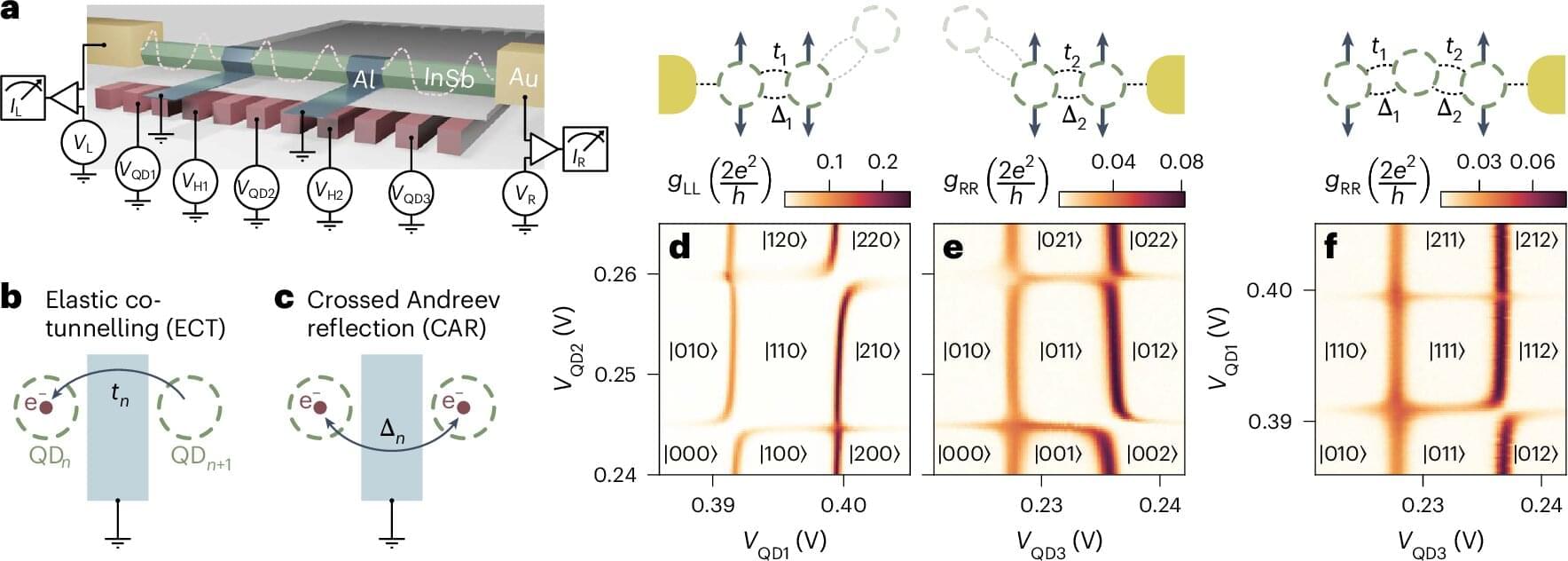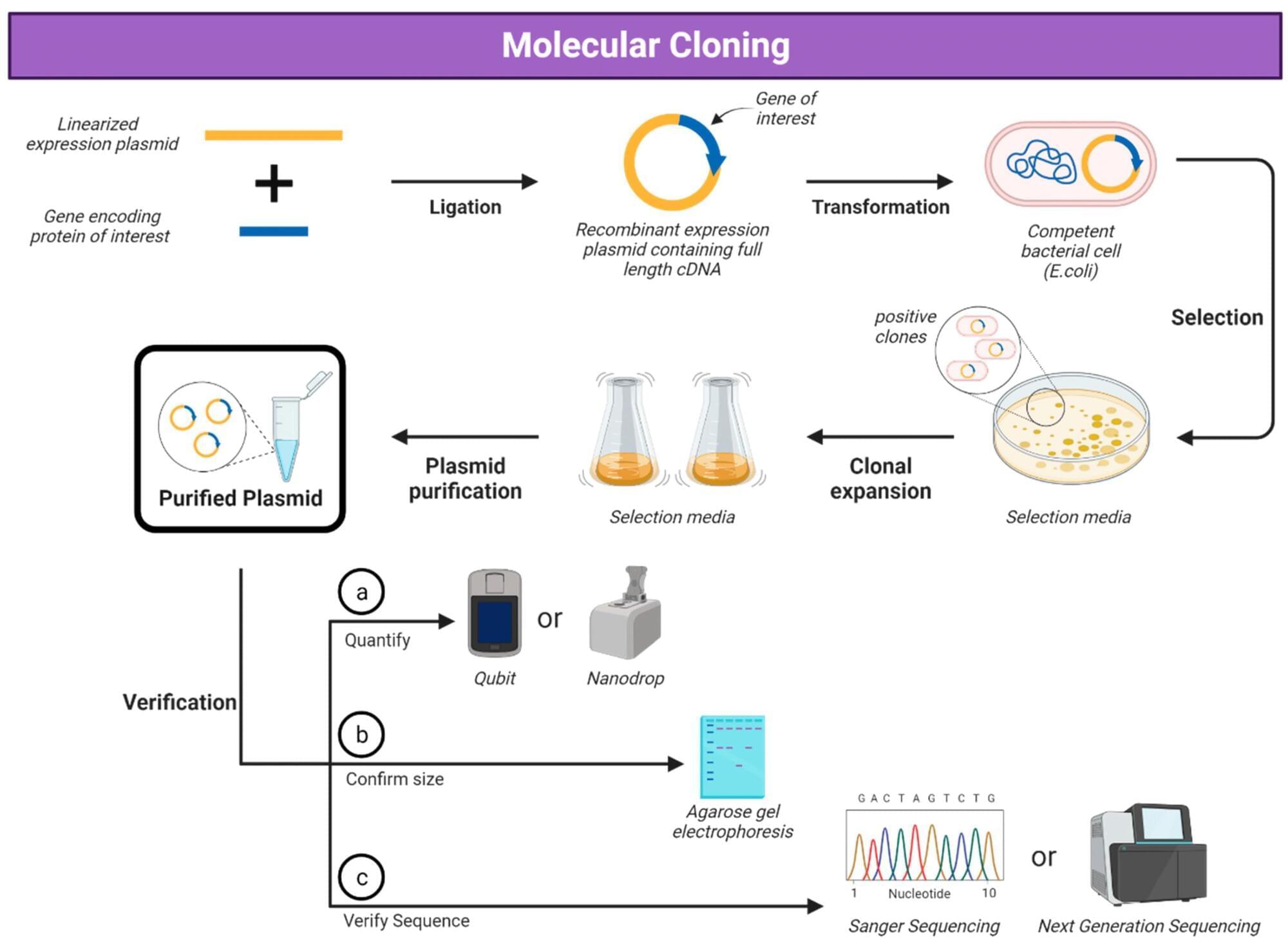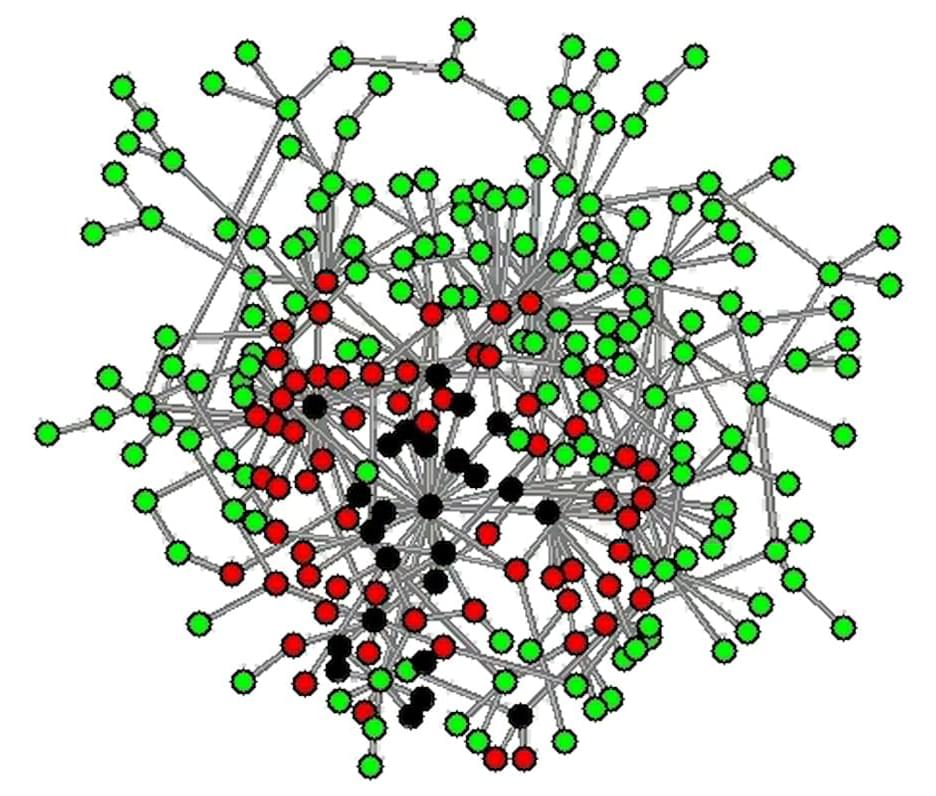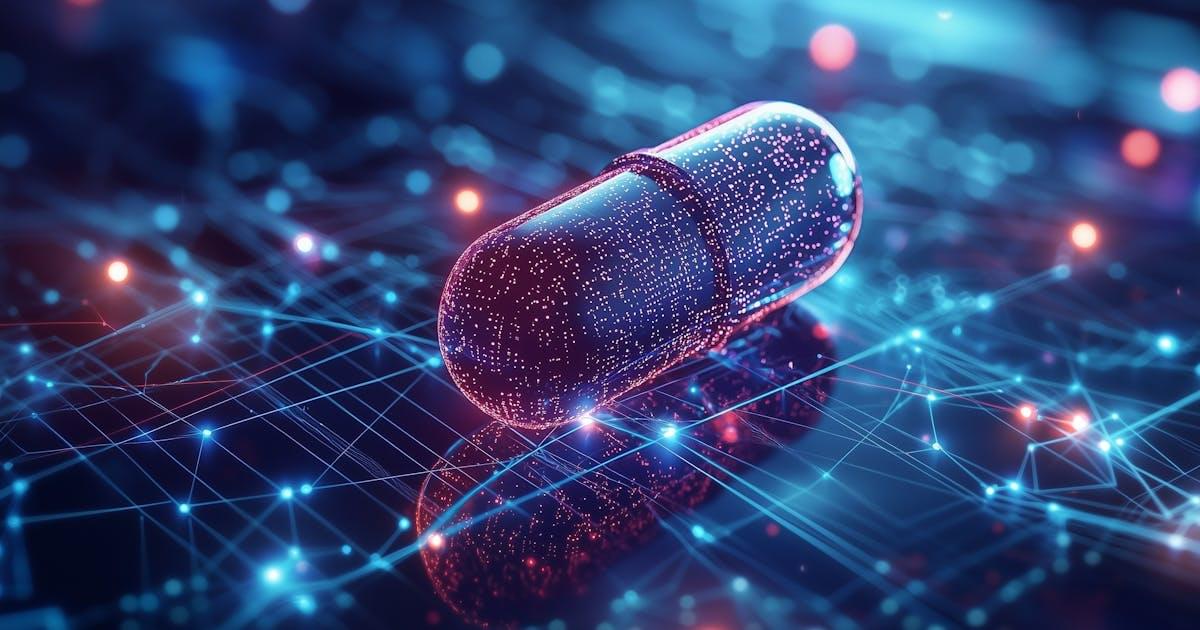X-ray synchrotron measurements reveal heterogeneities at electrode|electrolyte interfaces of lithium metal batteries operating at high potentials. Here the authors demonstrate the rearrangement of ionically conductive phases in polymer electrolytes that lead to battery performance degradation.
Investigating the effect of heterogeneities across the electrode|multiphase polymer electrolyte interfaces in high-potential lithium batteries Nanotechnology
Posted in nanotechnology | Leave a Comment on Investigating the effect of heterogeneities across the electrode|multiphase polymer electrolyte interfaces in high-potential lithium batteries Nanotechnology
